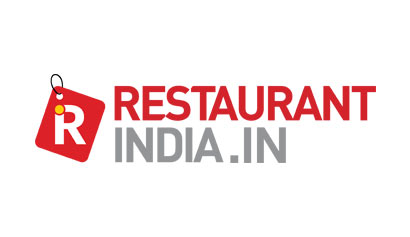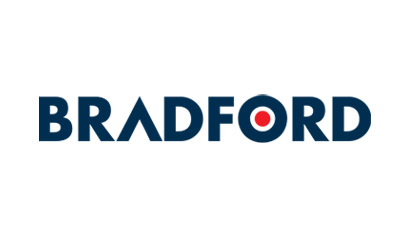To get access to over 10000+ Franchise Business Opportunities.
Network with the growing Business Community to get expert interventions to let you learn to Grow & Expand your Business with Franchising.
It’s not just about the food you eat, whether in a restaurant or at home. It’s also about the tableware that you use during the meals and this has brought in a wave of revolution in the tableware segment by Tanya Krishna.

India is a country that loves to eat. And in the past 50 years Indians have learnt to eat in style. Therefore, tableware has become the essence of the experience of eating. The global tableware market size is USD 39,000 million and is forecast to touch USD 47,500 million in 2025, growing at a CAGR of 2.5% from 2018. The tableware industry in India too has witnessed a radical shift in the past few years. “In India, tableware has moved from copper and other traditional metal utensils to porcelain and bone china. With the advent of new homes and apartments and changing lifestyles, it is time to bring happiness to the dinner table in the form of beautiful design patterns and a colourful and rich palette. With India’s vast market, there is a consumer at every price point. Many international brands like Rosenthal, Versace, Roberto Cavalli, Noritake, Wedgwood and Royal Albert have hit the market and consumers are now looking for and understand brand quality and price. The tableware category has been growing rapidly and may even cross 50% of our total sales this year. Still in its nascent stage right now, it has a long way to go,” says Ritesh Jain, Head-Branding, Ekaani.
Social media is playing a crucial role in furthering the tableware industry in India. Tableware is the key to the design and branding of a venue and the food and hospitality sector is well aware of the fact. There are millions of posts on social media where people keep uploading pictures of the food that they have ordered in a restaurant. Invariably, the tableware in which the food is served is included in the image, giving viewers a peek into the style of the venue. This influences the viewers who may be tempted to visit the place. “Also, thanks to social media, today’s consumers are aware of the global trends and are willing to spend on fine tableware, thereby giving a boost and a new level of encouragement to the retailers,” says Nitin Jain, Managing Director, INV Home.
Stainless Steel Returns
“Old is gold” is not just a saying, it seems. Stainless steel tableware has come back in prominence because it is durable, easily complements other tableware and is also very economical and cost-effective in the long run. “For a long period, stainless steel has been considered a raw material for developing mass cutlery range and hardly any player has used this material creatively to match the design needs of today’s consumer. But we have constantly endeavoured to break the mindset through our new and innovative designs in the category and stainless steel occupies a major part of this,” asserts Deepikka Jindal, Creative Executive Director & MD, Arttd’inox.
Popularity in Non- Commercial Segment
This market is competitive and has latent demand which is now being harnessed. The fine tableware pieces which were earlier confined to high-end restaurants have successfully made their way to the households as well. The increased purchasing power and evolving lifestyle has made the market extremely attractive. The consumer aspires to replicate the fine dine experience in his home too, leading to an increased demand from the non-commercial segment. “Due to the increase in per capita and disposable income in Tier I and II cities, people are not hesitant to spend on quality tableware range,” informs Nitin Jain adding, “The average ticket size for Rosenthal Versace tableware at out stores is Rs 2.5 lakhs.”
Customization is the New Trend
India’s tableware industry has now realised an all new inclination towards sophistication and luxury in their tableware and they do not mind paying a little extra for that ultimate set. Deepikka Jindal agrees, “Today, consumer purchase decision making for tableware is primarily based on style statement, adding class to personality, etc. and people are willing to pay a premium for luxury products.” Indian consumers have begun to demand products built to their needs. So, the brands need to adjust their offerings to customers’ requirements and this has led to the trend of customization. There is no such thing as too much customization and the retail segment is playing greatly on this trend.
Functionality is the Key
The past few years have witnessed an explosion of innovations in terms of design and materials. Manufacturers are experimenting with different shapes, colours, materials, textures in pursuit of offering the most unconventional product range. Ritesh Jain maintains, “With the transition from house to home and growing incomes, the need to match tableware to your home decor is catching on and unlike earlier days when the luxury pieces were more of a decor item, consumers now prefer indulging in the experience.”


Business Opportunities
Browse By Investment Range
Browse By States
Popular Cities















